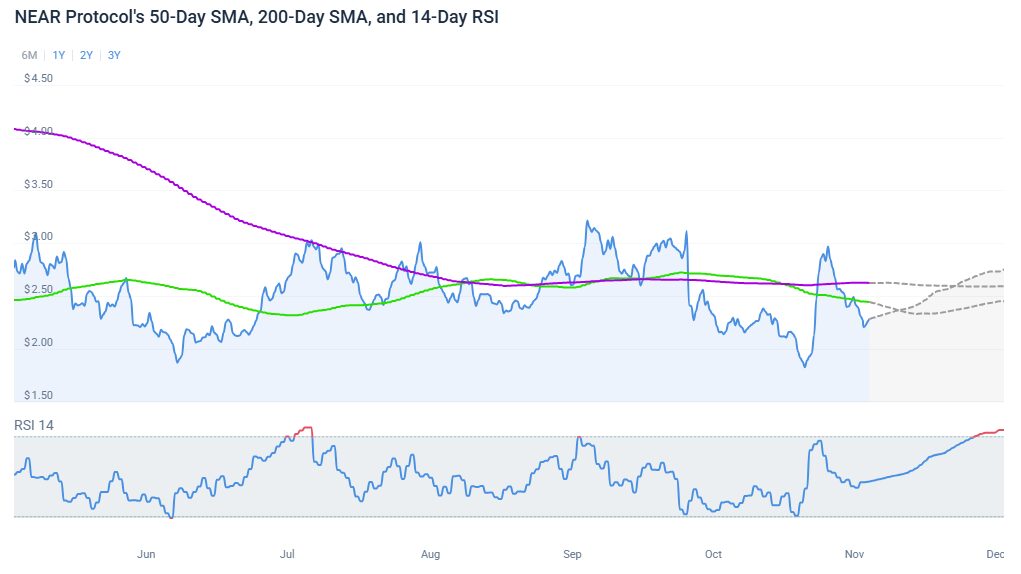The DASH-USDC Stablecoin Peg Turmoil: An Urgent Alert for Stablecoin Holders
- The 2025 DASH-USDC depegging exposed systemic risks in stablecoins, mirroring 2023’s USDC-SVB crisis and algorithmic failures. - DeFi platforms like Aave face cascading liquidations during collateral drops, highlighting vulnerabilities in leverage-driven models. - The Genius Act aims to regulate stablecoins but overlooks DeFi risks, leaving arbitrageurs to navigate fragmented compliance frameworks. - Investors are urged to prioritize transparent collateral-backed stablecoins and avoid over-leveraged DeFi
Systemic Risks: A Fragile Ecosystem
Despite being promoted as "risk-free," stablecoins have shown they can fall victim to chain reactions of failures. In 2025, algorithmic stablecoins such as
These systemic dangers are not limited to algorithmic coins.
Arbitrage Opportunities: Navigating Regulatory Shifts
The UK’s move to introduce stablecoin regulations in 2025 demonstrates the close link between policy changes and market reactions.
Yet, arbitrage carries its own dangers. Without conventional protections—such as deposit insurance or a central backstop—on DeFi platforms like
Regulatory Responses: A Path Forward?
The DASH-USDC incident prompted lawmakers to act, resulting in the Genius Act—a statute aimed at clarifying the rules for stablecoins.
Conclusion: A Call for Caution and Innovation
The DASH-USDC peg loss is a stark reminder for investors. Although stablecoins are still central to crypto’s functionality, their systemic weaknesses require thorough scrutiny. Investors should favor stablecoins with clear, transparent backing and avoid highly leveraged DeFi environments. At the same time, the crisis highlights the necessity for new risk management solutions, such as adaptive collateral systems or hybrid stablecoins that combine fiat and algorithmic features.
As both regulators and market players respond to these challenges, one thing is certain: the notion of stablecoins as "risk-free" assets is now outdated.
Disclaimer: The content of this article solely reflects the author's opinion and does not represent the platform in any capacity. This article is not intended to serve as a reference for making investment decisions.
You may also like
NEAR Price Prediction: Stability at Key Levels As EV2 Presale Heats Up

Bitcoin ETFs See $255M Outflow, Led by BlackRock
U.S. spot Bitcoin ETFs saw $255M in outflows on Nov 17, with BlackRock’s IBIT losing $146M. Ethereum saw redemptions, while Solana gained.Ethereum Takes a Hit, Solana Gains Traction

Africa Launches IOTA-Based Stablecoin Trade Platform
Africa rolls out ADAPT, a new IOTA-powered trade platform using stablecoins for digital payments and identity.IOTA Technology Meets Stablecoin PaymentsDigital Identity Unlocks New Opportunities

Crypto Market Crash: BTC Below $90K, ETH Under $3K
Crypto markets crash as BTC dips below $90K and ETH falls under $3K. Nearly $1B in daily long liquidations recorded.Liquidations Surge Near $1BUncertainty Dominates Market Outlook
